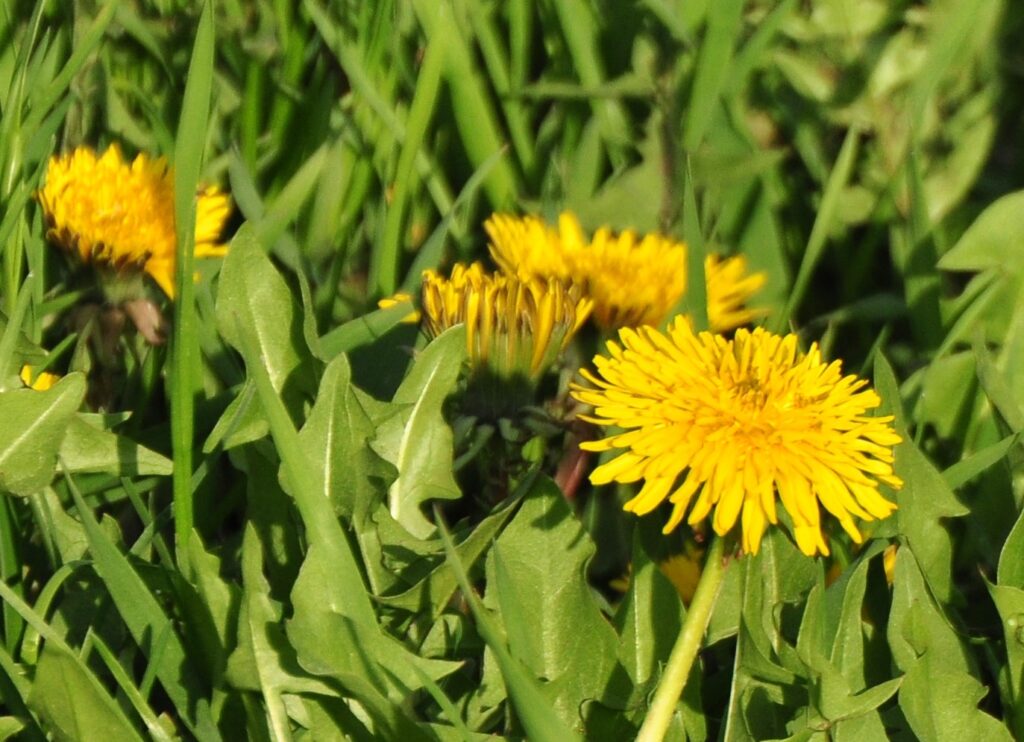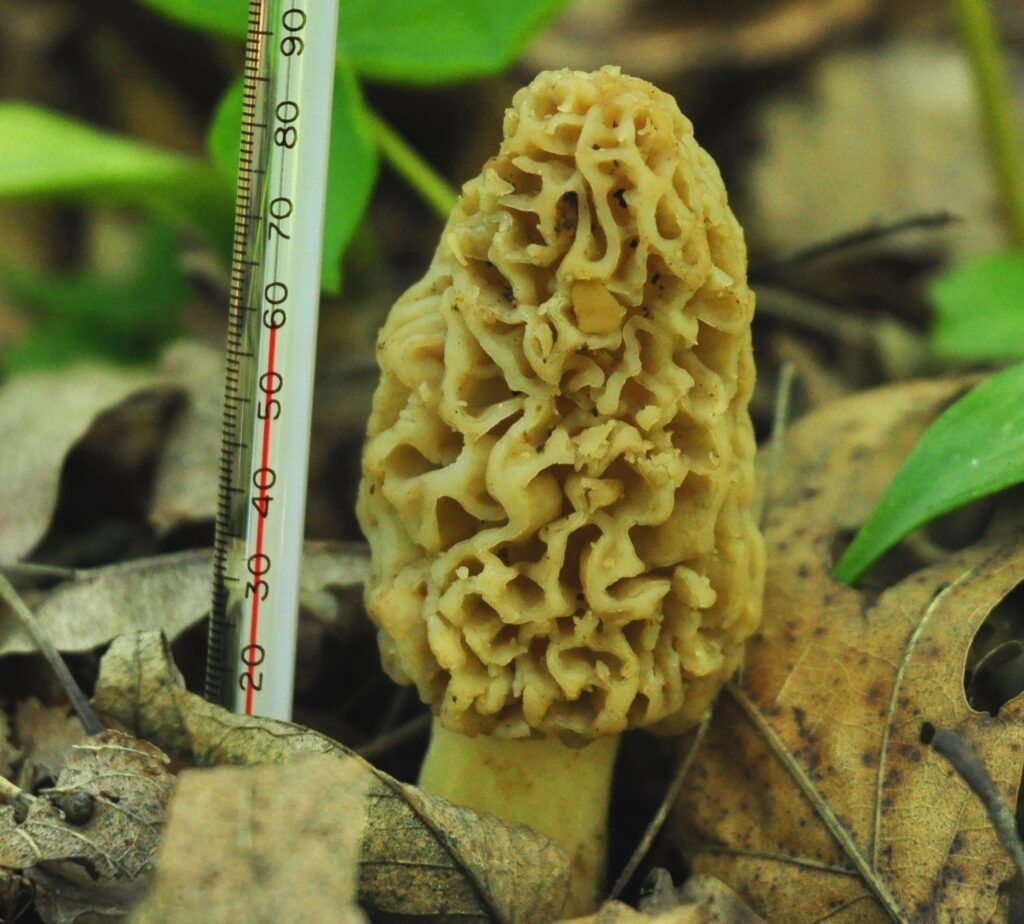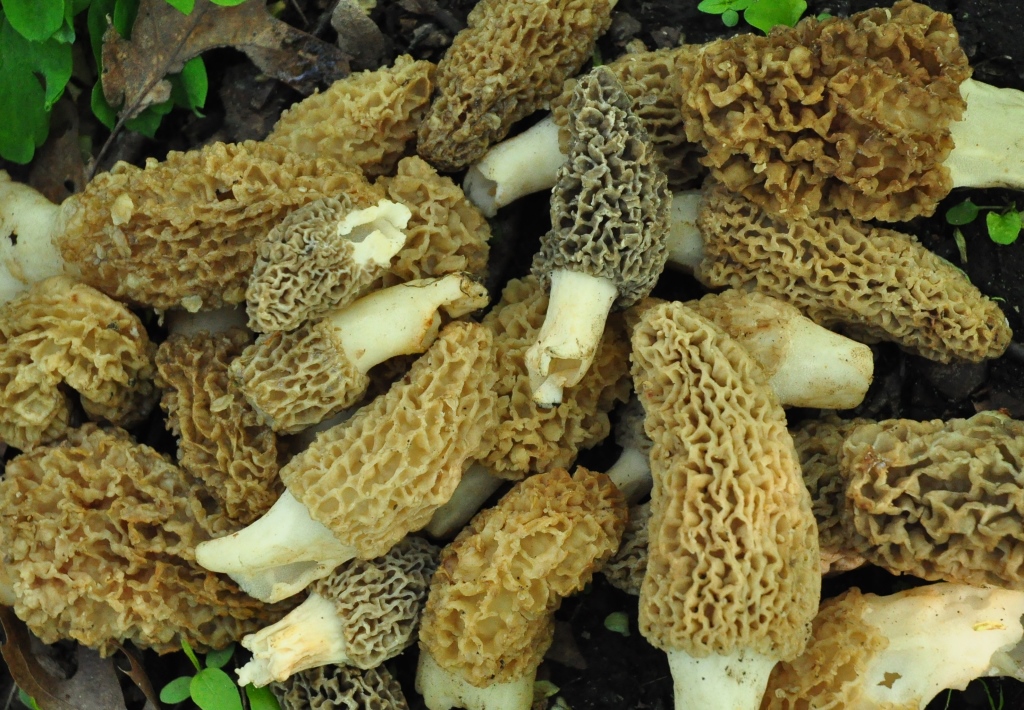Photography courtesy of Lowell Washburn, all rights reserved.
Following a couple of hopeful but unproductive outings in Northern Iowa, I finally spotted my first fully bloomed, yellow dandelion on Thursday, April 11 – a full seventeen days earlier than last year’s first sighting on April 28. A couple of friends also found flowering dandelions on the 11th, and we’re all pretty excited over the discoveries.
So why would anyone consciously search for dandelions? Or why the enthusiasm when one was finally spotted, you might ask. Aren’t we all supposed to hate dandelions? The question does seem reasonable. For many, the dandelion is categorized as a worthless and hugely despised noxious weed. Some folks even go so far as to waste time and money spraying these beautiful plants with deadly chemicals. Crazy.
But for those who love hunting and eating wild morel mushrooms, the take is much different. We LOVE dandelions. You see, of all the myths, legends, and folklore, regarding the emergence of morel mushrooms, the lowly dandelion is the world’s most reliable indicator of when the annual crop will make its much-anticipated debut.

Safe, easily identified, and delicately delicious, the morel mushroom is our most popular wild edible, annually drawing thousands of ‘shrooming enthusiasts to the Iowa woodlands. But the fun can be short lived. Once emerged, the morel’s lifespan may be as short as four or five days. Timing is critical. Knowing exactly when to hunt for morels is equally as important as where you hunt.

The woodlands offer several clues as to when local morel crops are about to appear. In order to fruit, wild mushrooms need heat. An ideal climate would provide soil temperatures reaching 50 or more degrees. Perfect nighttime temps would hover around the low to mid-50s, with daytime highs reaching around 70 degrees. High humidity along with a few well-timed showers will greatly enhance the annual crop. But although these factors can narrow your search window, they are less than absolute, which brings us back to the despised dandelion.
Love it or hate it, the lowly dandelion is the only absolute rock solid, will-never-ever-ever-let-you-down predictor of when morel mushrooms will annually reach their peak. When the first bright yellow dandelion flowers appear on open lawns or pastures, [those growing along your sidewalk don’t count] you can start your clock — the countdown to sizzling, butter-laden skillets of fresh morels has begun. In precisely 10 to 12 days after the first dandelions open their splendid yellow buds, you can know for certain that the peak of the spring morel crop will be standing in the woods, silently awaiting your arrival. This means that in Northern Iowa, morel mushrooms will be most abundant on April 22, give or take one day. I don’t know when the first dandelions appeared in southern Iowa, but the peak usually occurs about a week earlier than in the north.

These are bold predictions to be sure. But as sure as spring turkeys gobble, horned owls hoot, and brown trout slurp mayflies, you can take this outdoor tip to the bank – every single time, every single year.

 Tom Cope
Tom Cope Sue Wilkinson
Sue Wilkinson Susan Judkins Josten
Susan Judkins Josten Rudi Roeslein
Rudi Roeslein Elyssa McFarland
Elyssa McFarland Mark Langgin
Mark Langgin Adam Janke
Adam Janke Joe Henry
Joe Henry Kristin Ashenbrenner
Kristin Ashenbrenner Joe Wilkinson
Joe Wilkinson Dr. Tammy Mildenstein
Dr. Tammy Mildenstein Sean McMahon
Sean McMahon